Water wisteria, the aquatic gem, is a must-have for any enthusiast’s garden or aquarium. Its delicate appearance and ease of care make it a popular choice. In this article, we dive deep into the world of water wisteria, providing you with valuable insights, care tips, and answers to frequently asked questions.
Water Wisteria: The Basics
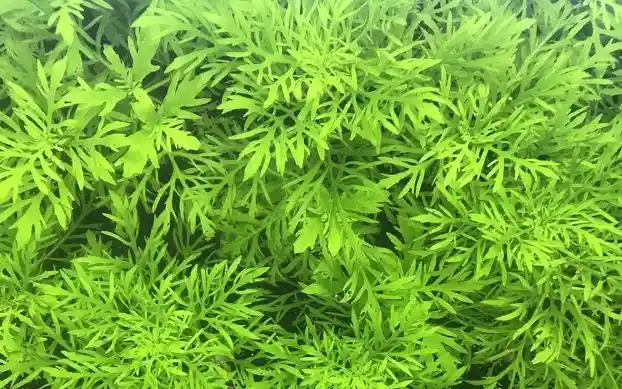
What is Water Wisteria?
Water wisteria (Hygrophila difformis) is a vibrant aquatic plant native to the Indian subcontinent. It is famous for its lush green leaves, resembling the terrestrial wisteria vine, which cascades beautifully underwater.
Characteristics of Water Wisteria (Hygrophila difformis)
This aquatic wonder features feather-like pinnate leaves and a vibrant green coloration. Its rapid growth and ability to flourish in various aquatic environments make it a cherished choice among aquascapers.
| Characteristic | Description |
|---|---|
| Scientific Name | Hygrophila difformis |
| Common Names | Water wisteria, water ivy, Indian water fern |
| Native Habitat | Native to the Indian subcontinent |
| Growth Form | Aquatic plant with submerged and emersed forms |
| Leaf Appearance | – Light green color – Submersed leaves are slender and deeply notched – Emersed leaves are small and serrated with tiny hairs – Leaf shape varies with light and temperature: – Lower temperatures result in smooth edges and small leaves – Higher temperatures and brighter lights lead to divided leaves closely arranged on the stem |
| Stem Characteristics | – Stem length: 8-20 inches – Fern-like appearance – Leaves and roots grow from each node |
| Habitat | Commonly used in freshwater aquariums and garden ponds |
| Growth Rate | Rapid growth under favorable conditions |
| Light Requirements | Prefers moderate to high light for optimal growth |
| Water Parameters | – Temperature: 72-82°F (22-28°C) – pH: 6.5-7.5 |
| Maintenance | Pruning may be required to control growth and maintain shape |
| CO2 Supplement | While not mandatory, CO2 supplementation can enhance growth |
| Benefits | – Aesthetic enhancement for aquatic environments – Natural water filter – Provides shelter for fish and invertebrates |
Why Choose Water Wisteria?
- Aesthetic Appeal: The lush foliage of water wisteria adds a captivating dimension to aquariums and ponds.
- Water Purification: It acts as a natural filter by absorbing excess nutrients, improving water quality.
- Easy Maintenance: Water wisteria is low-maintenance, making it perfect for beginners.
Water Wisteria Care Guide
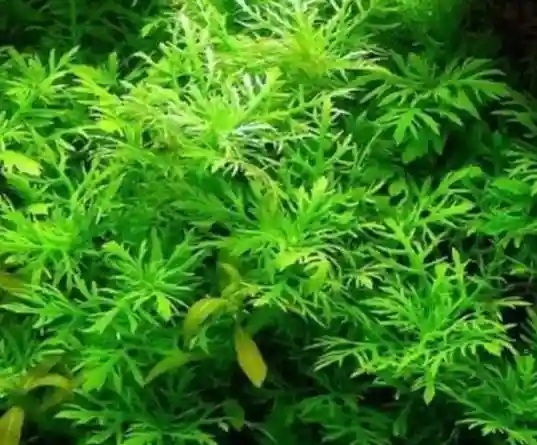
Planting Your Water Wisteria
When introducing water wisteria into your aquatic world, follow these steps:
- Choose the Right Substrate: Use a nutrient-rich substrate for optimal growth.
- Provide Adequate Lighting: Moderate to high lighting is essential for healthy growth.
- Maintain Ideal Water Parameters: Keep the water temperature between 72-82°F (22-28°C) and maintain pH levels between 6.5-7.5.
- Regular Pruning: Trim overgrown leaves to encourage bushier growth.
Water Quality and Maintenance
- Water Changes: Regular water changes help prevent nutrient buildup.
- Fertilization: Use a balanced liquid fertilizer to provide essential nutrients.
- CO2 Injection: Consider CO2 supplementation for faster growth.
Propagation
Water wisteria can be easily propagated through cuttings. Here’s how:
- Select Healthy Shoots: Choose healthy, well-established shoots.
- Cut and Plant: Trim a portion of the stem and plant it in the substrate.
- Wait for Growth: New plants will sprout from the cuttings in a few weeks.
How fast does water wisteria grow?
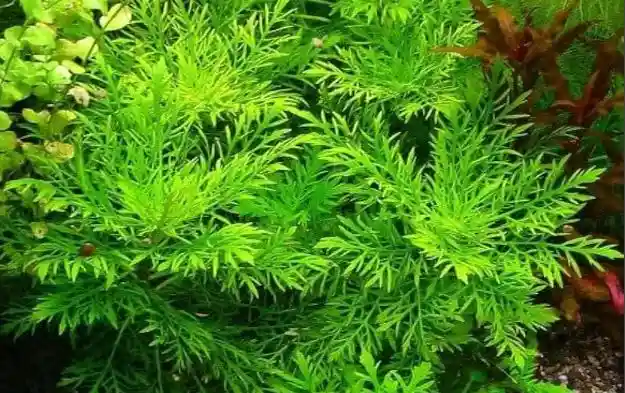
Water wisteria (Hygrophila difformis) is famous for its rapid growth. Under ideal conditions, this aquatic plant can grow quite fast. It often adds inches to its height within a week or two. The growth rate can vary depending on many factors such as lighting, water quality, and nutrient levels. In bright aquariums or ponds with the correct nutrients and water conditions, water wisteria grows fast, making it a favorite among plant lovers. Just remember to trim it often to keep it in check and prevent it from overcrowding your aquatic space.
How to get water wisteria to root?
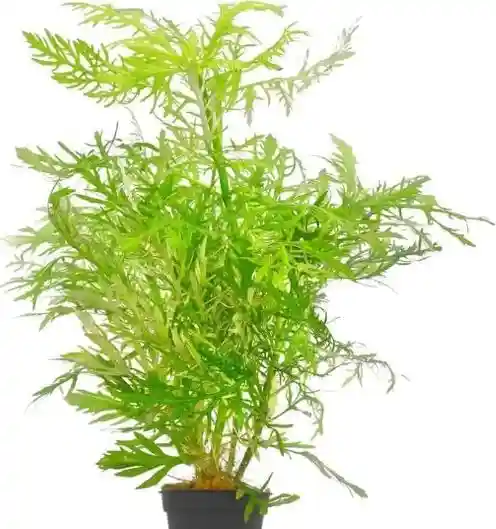
To get water wisteria to root successfully, follow these simple steps:
- Choose Healthy Stems: Select healthy water wisteria stems with a good amount of leaves on them.
- Prepare the Substrate: Make sure you have a suitable substrate in your aquarium or pond. It should be nutrient-rich to support root development.
- Trim and Plant: Trim the stems to your desired length, leaving at least a few inches. Plant the stems into the substrate, making sure they are firmly anchored.
- Provide Proper Lighting: Ensure that your water wisteria receives adequate light. Moderate to high-intensity light encourages strong root growth.
- Maintain Water Quality: Keep the water in your aquarium or pond clean and well-maintained. Proper water conditions contribute to healthy root development.
- Be Patient: It may take some time for the roots to establish themselves. Be patient and allow nature to take its course.
How to propagate wisteria in water?
Propagating water wisteria in water is a straightforward process. Here’s a simple guide:
- Select Healthy Stems: Choose healthy water wisteria stems for propagation. Look for stems with vibrant leaves and no signs of damage or disease.
- Trim the Stems: Using sharp scissors or pruning shears, trim a healthy stem into sections that are around 4-6 inches long. Each section should have at least a few leaves.
- Remove Lower Leaves: Remove the lower leaves from each stem section. This will expose a section of the stem.
- Place in Water: Fill a container with water, such as a vase or a jar. Submerge the trimmed stem sections in the water, making sure that the submerged portion of the stem is at least an inch deep.
- Provide Adequate Light: Place the container in a location with indirect sunlight or under grow lights. Water wisteria needs light to thrive.
- Change Water Regularly: Change the water in the container every few days to keep it fresh and provide essential nutrients to the stems.
- Wait for Roots to Form: Over time, usually within a few weeks, you’ll notice that roots start to grow from the submerged portion of the stem.
- Transplant to Soil: Once the roots are a few inches long and well-developed, you can carefully transplant the stem sections with roots into a suitable substrate in your aquarium or garden pond.
Where is water breathing in wisteria?

Water wisteria, or Hygrophila difformis, does not possess the ability to breathe underwater as humans do. Instead, it relies on a process called “photosynthesis” to obtain oxygen and release carbon dioxide. During photosynthesis, water wisteria uses light energy to convert carbon dioxide and water into oxygen and glucose, releasing oxygen into the surrounding water. This oxygen is essential for aquatic life in aquariums and ponds. So, while water wisteria doesn’t “breathe” in the same way animals do, it plays a crucial role in maintaining oxygen levels for aquatic organisms.
Is water wisteria the same as water Sprite?
No, water wisteria (Hygrophila difformis) and water sprite (Ceratopteris spp.) are different. They are two different aquatic plants with distinct characteristics. While both are popular choices for aquariums and ponds, they belong to different plant genera and have different appearances.
Compare water sprite and water wisteria
| Characteristic | Water Sprite (Ceratopteris spp.) | Water Wisteria (Hygrophila difformis) |
|---|---|---|
| Scientific Name | Belongs to the Ceratopteris genus | Belongs to the Hygrophila genus |
| Appearance | – Finely dissected feathery leaves | – Pinnate leaves with a serrated edge |
| Growth Form | Typically submerged or floating | Can grow both submerged and emergent |
| Light Requirements | Prefers lower to moderate light levels | Prefers moderate to high light levels |
| Water Parameters | – Temperature: 70-80°F (21-27°C) | – Temperature: 72-82°F (22-28°C) |
| CO2 Supplement | Can benefit from CO2 supplementation | Can benefit from CO2 supplementation |
| Maintenance | Requires regular pruning to control growth | Pruning may be required to maintain shape |
| Habitat | Found in various aquatic environments | Commonly used in freshwater aquariums |
| Native Habitat | Native to various regions worldwide | Native to the Indian subcontinent |
| Benefits | – Aesthetic enhancement for aquariums | – Aesthetic enhancement for aquariums |
| – Provides shade and hiding places for fish | – Acts as a natural water filter | |
| – Offers refuge for fry (baby fish) | – Provides shelter for fish and invertebrates |
Both Water Sprite and Water Wisteria are popular choices for aquariums and ponds, but they have distinct appearances and growth requirements. Water sprite has finely dissected feathery leaves and can tolerate lower light, while water wisteria has pinnate leaves with serrated edges and prefers moderate to high light. Understanding these differences can help you choose the right plant for your aquatic setup.
Is water wisteria a freshwater plant?
Yes, water wisteria is a freshwater plant. It is commonly used in freshwater aquariums and garden ponds.
What level of light does water wisteria like?
Water wisteria prefers moderate to high levels of light for optimal growth. Adequate lighting is essential to ensure that this aquatic plant thrives and maintains its lush appearance.
Does water wisteria need CO2?
While water wisteria can grow without additional CO2 supplementation, it can benefit from CO2 injection in aquariums. CO2 injection can enhance its growth and vibrancy, especially in setups with higher light levels and nutrient-rich environments. However, it is not mandatory for its survival.
Does wisteria have any benefits?
Yes, water wisteria offers several benefits:
- Aesthetic Value: It enhances the visual appeal of aquariums and garden ponds with lush green foliage.
- Water Quality: Water wisteria acts as a natural filter, absorbing excess nutrients from the water and helping to improve water quality.
- Aquatic Habitat: It provides shelter and hiding spots for fish and invertebrates, creating a more natural and secure environment for aquatic life.
FAQs about Water Wisteria
Is Water Wisteria suitable for beginners?
Absolutely! Its resilience and low maintenance make it an excellent choice for novice aquarists and gardeners.
Can Water Wisteria thrive in low-light conditions?
While it prefers moderate to high light, water wisteria can adapt to lower light conditions, albeit with slower growth.
How often should I prune my water Wisteria?
Pruning should be done as needed to maintain the desired shape and prevent overcrowding.
Do I need CO2 injection for my water Wisteria?
CO2 injection is not mandatory but can significantly enhance growth and vibrancy.
Can Water Wisteria grow to emerge?
Yes, water wisteria can be grown partially, creating a stunning contrast between its terrestrial and aquatic forms.
Is Water Wisteria safe for fish and Invertebrates?
Water wisteria provides shelter and hiding spots for fish and invertebrates, making it a safe and natural addition to aquariums.
Conclusion
Adding water wisteria to your aquatic setup can transform it into a lush, vibrant oasis. With its simple care requirements and stunning appearance, this aquatic jewel is a must-have. We hope this comprehensive guide has equipped you with the knowledge needed to cultivate and enjoy the beauty of water wisteria in your garden or aquarium.





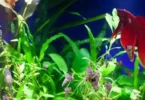

Leave a Comment
You must be logged in to post a comment.